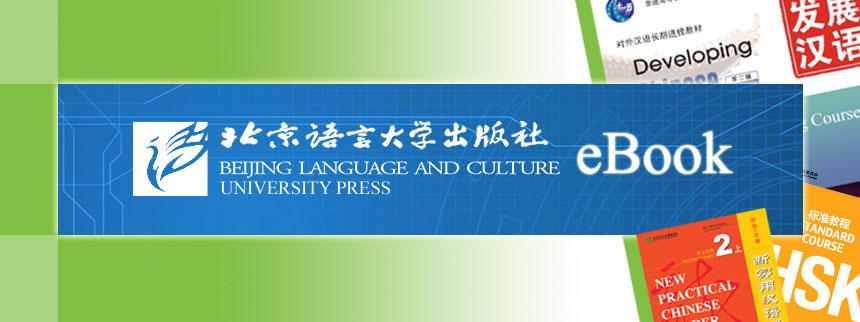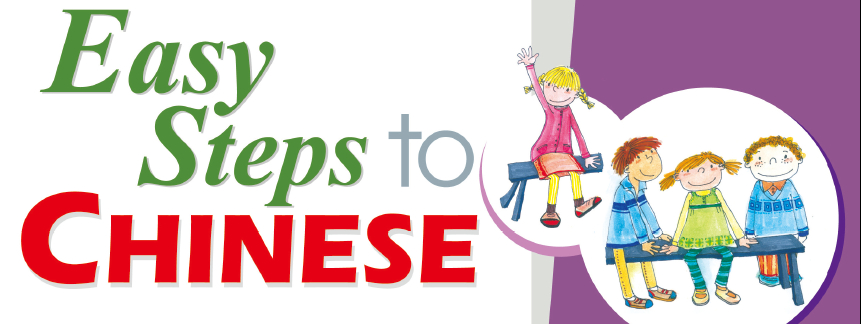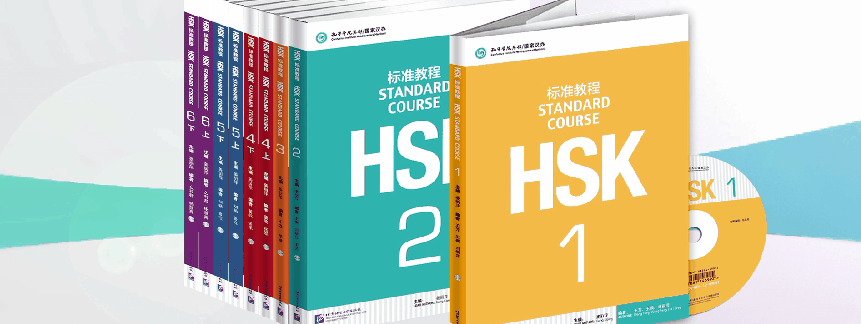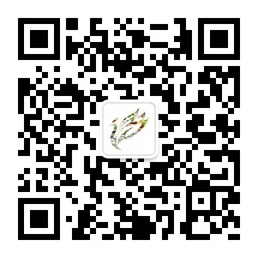Online Bookstore
- New Practical Chinese Reader (3rd Edition)(Annotated in English) Tests and Quizzes2
- New Practical Chinese Reader (3rd Edition, Annotated in English) Workbook 2
- New Practical Chinese Reader (3rd Edition) Textbook 2
- New Practical Chinese Reader (3rd Edition Annotated in English) Chinese Characters Workbook 2
- New Practical Chinese Reader (3rd Edition) Tests and Quizzes1
New Practical Chinese Reader (3rd Edition, Annotated in English) Companion Reader 2
Author:Liu Xun
- Medium:Books
- ISBN: 9787561958728
- Page Count: 74
- Size:285 × 210 mm
- Pub Date:2021-06
- The book weight: 200 g
- Annotation Language:English
- Course:Reading
- Target Audience(Age):College ,Adults
- Target Audience(Language):Elementary
- The Series: New Practical Chinese Reader (3rd Edition)
- Subject Zone: New Practical Chinese Reader
- Price:
-
Category: Textbooks >Study in China >Long-Term
Textbooks >Study outside China >Adults
More














